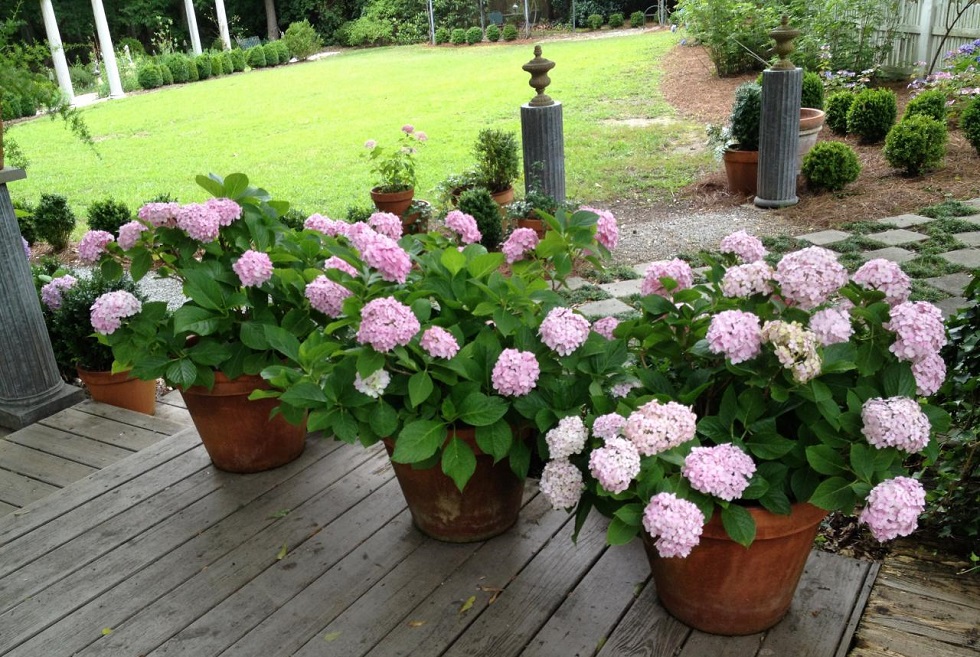Many gardeners take small plants or seedlings to grow beautiful flowers. But over time, the plant grows and its roots grow too. You need to change the pot to a larger one timely so that your plant could feel healthy and comfortable. But plant transplants in large garden planters have many features and certain rules. This is important to take into account given the type of plant, its characteristics and preferences. It is also important to know other important points so as not to harm the root system and the flower as a whole. Many gardeners willingly share useful tips on transplanting a plant into a larger pot.

When is it better to change a pot?
If the root system is small for your plant, then you need to wait for spring. There are also certain types of flowers that can not be transplanted into another pot during the flowering period. You need to wait until all the flowers fall off and then change the planter. There are some outdoor plants that you can transplant from a pot to the soil. Choose an early spring but also look at the condition of the plant. Replacing the planter box can damage young outgrowth.
There are certain rules for transplanting specific plants:
- Replacing a larger pot with a cactus is done at the beginning of winter.
- Coniferous types are transplanted into another planter in early summer.
- A young plant needs to be replanted once a year and adult types – once every 3-4 years.
- You can replace the palm pot once every 10 years because the root system grows very slowly.
Pot replacement rules

For plants use special ready-made mixtures with soil and various nutritional supplements – you can buy this in a specialized store. There are special components that will be useful for a particular type of plant.
Choose a planter that will be 3-5 cm wider than the previous one where your plant is located. Wash the pot if it is made of ceramic, then leave it in water all night. It is enough to wash a concrete or wooden type of pot in warm water and leave to dry. Take the drainage that goes to the bottom of the pot and then add some soil.
Lower your plant without damaging the roots and add more land before it reaches the edge. If the selected planter is tall, then the transplant procedure will be the same. It is important to understand that the pot will become heavier with soil and it will be more difficult for you to move it.
Remove rotted horses before transplantation so as not to continue the death of the plant. Use a small stick to make it more convenient to remove old soil from the root system. After transplanting, pour the plant with clean water. Not all plants need watering after replacing the pot, this applies to those who like dry soil.
Planting transplantation is sometimes undesirable, especially for large plants. Then you can only replace the topsoil with a fresh one. Loosen it a little and remove from the pot, add a new one and slightly compact it. Partial replacement is at a depth of about 5 cm so as not to damage the roots of the plant.
Types of plants transplanting
There are several ways to transplant plants, which are determined by the amount of soil that you change.
- Replacing and fill only the top layer of the ground (without having to change the pot to a larger size).
- Incomplete replacement when part of the old ground remains in the roots of the plant (you change the pot and do not clear the roots of the old soil).
- A complete replacement when you need to carefully clean the old ground from the root system and add other soil to the new pot.
Each type of transplant into a larger pot is done in prepared space with the use of drainage hole inside the planter. Choose such items or do it yourself.

